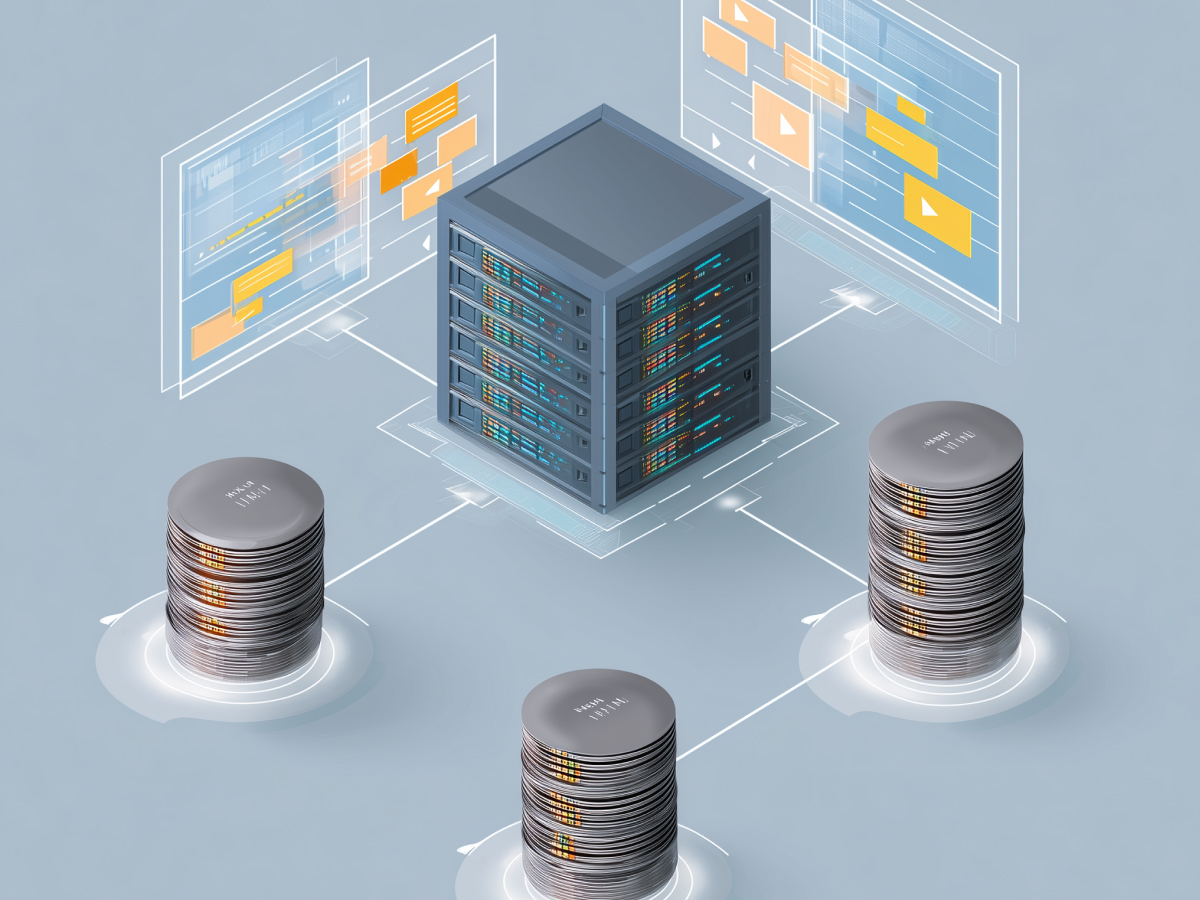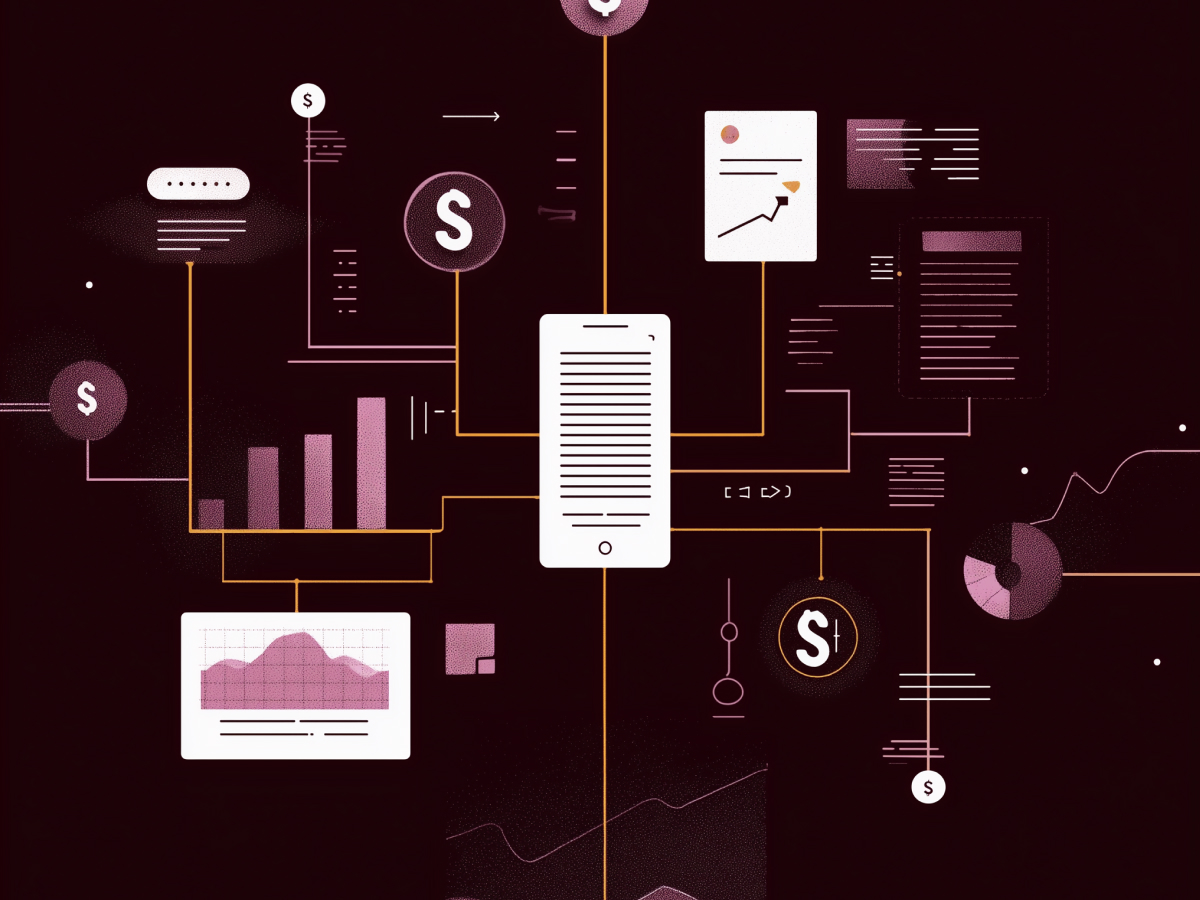HR as the accelerator of AI adoption
Generative AI is moving fast. Most companies? Not so much. According to Bain & Company, 97% of IT leaders say they’re testing AI, but fewer than 40% have actually scaled it. In other words, a lot of spinning wheels, not much forward motion.
Here’s the real problem. Too many companies are treating AI as a technology project. It’s a people transformation. The organizations pulling ahead are the ones investing in employee readiness, from upskilling programs to new ways of working.
That’s where HR comes in. And so far, too many companies are missing the signal. Only half are bringing HR into their AI strategy. That’s a mistake. The ones that do are seeing faster adoption because they tie AI to human capability, not just code. They’re making it real by redesigning roles, launching tailored training, and getting ahead of the change curve.
The World Economic Forum’s Future of Jobs Report 2025 projects that by 2030, 77% of employers will retrain existing staff to work with AI. Another 69% will hire people with experience building and deploying AI tools. If you’re waiting for talent to come to you, you’re already late. Build it internally.
HR doesn’t just make this possible, it accelerates it. AI isn’t a push-button upgrade. It needs culture, alignment, and trust. And HR, when involved early, is the bridge between experimentation and scale.
If you’re still in test mode, involving HR now is likely your fastest path to value. If you wait, expect your competition, and possibly your own employees, to move without you.
Enhanced productivity and collaboration through generative AI
Let’s talk results. Generative AI is already delivering real-world impact. Bain’s data shows that 77% of companies using AI are saving serious time on everyday tasks. Within the first year, nearly a third saw time savings of more than 20%. These are significant shifts in how work gets done.
Even better, AI is helping teams work together more effectively. Around 69% of companies reported improved collaboration as a direct result of AI adoption. It’s helping people communicate more clearly, automate repetitive coordination work, and generate insights faster.
The fear that AI will wipe out jobs? Overstated. Only 10% of surveyed companies said AI has replaced entire roles. What we are seeing instead is role evolution, not elimination. Tasks shift. The nature of work changes. But the roles remain, more focused, more high-impact, more human.
If you’re leading a company and not using AI to drive performance, you’re missing low-hanging gains. This isn’t about disrupting your entire workforce, it’s about amplifying what your people can already do.
Focus on using AI to unlock time and brainpower.
Balancing large strategic initiatives with grassroots AI wins
The best AI strategies operate on two levels at the same time, big-picture moves and everyday results. You need both. Companies moving fast on AI are placing bold bets, like fully automating parts of their customer support or optimizing supply chains end-to-end. These bets require serious investment, alignment across departments, and clear performance metrics. But they also deliver substantial return, if done right.
At the same time, the most agile teams aren’t waiting for boardroom directives. Employees are already using generative AI to boost productivity in real ways. These grassroots efforts might look small at first, automating reports, drafting content faster, accelerating data analysis, but when they’re happening across the organization, the cumulative impact is massive. And unlike top-down initiatives, they don’t need complex roadmaps to get started.
Intuit is already showing how it works. Through AI-powered self-service, TurboTax reduced customer support contact by 20%. Coders using AI tools saw their productivity jump as much as 40%. And when they ran internal generative AI pilots, average productivity rose 15%, with marketing content creation seeing even higher gains. Those numbers speak clearly.
If you want real AI momentum, don’t fall into the trap of thinking it’s all about big projects or waiting on final strategies. Let your teams explore and scale what works. The companies gaining ground today are the ones doing both: investing smart at scale and unlocking utility fast at the front lines.
Reimagining processes and prioritizing workforce development for scalable AI
If you’re serious about AI, retrofitting it into old systems won’t cut it. The real gains come when you redesign the way work happens, from the ground up. AI isn’t just another plug-in. It changes the logic of workflows, decision-making, and time allocation. So treat it like a full transformation, not a patch.
That means looking beyond isolated tools and investing in modern platforms that support scale. But don’t underestimate the human part. Tech on its own does nothing. The organizations winning with AI are the ones that prioritize adaptability and put people first. They build “AI centers of excellence” to guide development while staying flexible enough to adapt quickly. Their governance models don’t block change, they enable it.
And they back it all up with smart investment in people. Not just generic training sessions. Precision upskilling designed around actual use cases. Strong change management. Feedback loops from the field. Redesigns of roles and teams to match the new workflows AI makes possible. HR plays a leading role here, identifying the gaps, designing the rollout, and ensuring employees aren’t just compliant but confident with AI.
For executives, here’s the key message: if the people using AI aren’t fully equipped to do their jobs in new ways, you won’t see results, no matter how good your software is. The tech is ready. What matters now is whether your organization is.
Key takeaways for decision-makers
- HR accelerates AI adoption: Involving HR early in AI strategy leads to faster scale and stronger outcomes. Leaders should prioritize workforce readiness through upskilling, role redesign, and cultural alignment to bridge the gap between pilot tests and enterprise-wide implementation.
- AI boosts productivity without widespread job loss: Generative AI delivers significant time savings and improves collaboration across teams, with minimal role elimination. Executives should focus on using AI to augment human capability rather than replace it.
- Balance bold bets with grassroots momentum: Strategic initiatives like full automation must be paired with day-to-day use cases driven by employees. Leaders should empower teams to experiment and scale what works while driving focused, high-impact investments.
- Rebuild workflows and invest in people: Layering AI on outdated systems limits value. Leaders should rethink core processes, adopt flexible governance (like AI centers of excellence), and invest in targeted training to drive adoption and tangible business results.





